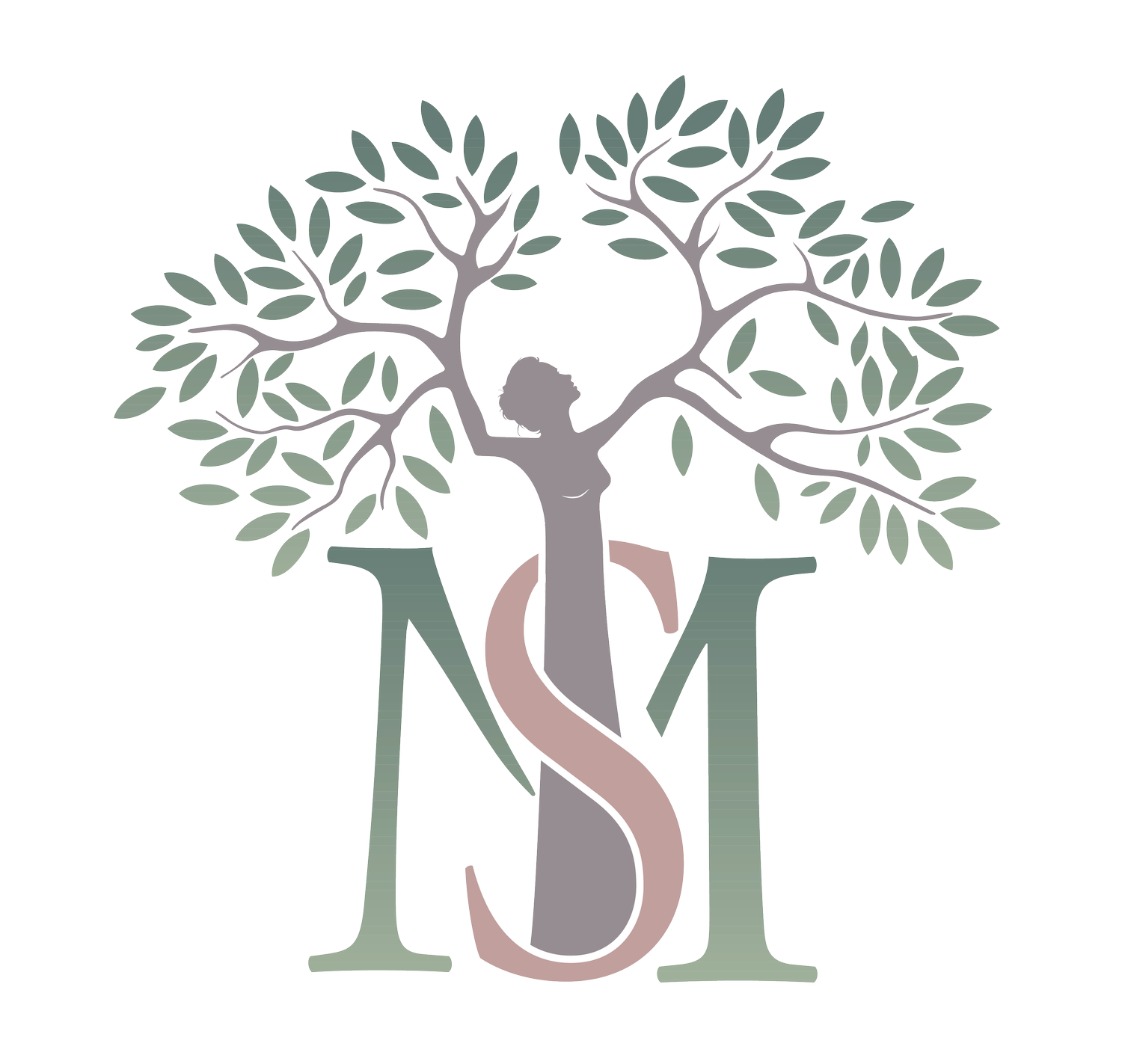How to Find Calm Everyday in Stressful Seasons of Life
This blog post is inspired by Episode 10 of the Awaken with Maria Serbus podcast.
As a high achiever or Type A individual, it can be difficult to slow down and find stillness. But intentional pauses and moments of calm are essential for your body and mind. In this blog post, we'll dive into the benefits of finding your still and how it can improve your overall well-being.
Our bodies establish patterns, both physiologically and mentally, that can be difficult to break out of. If you're used to being constantly busy and on the go, it's important to recognize that this is just a pattern that your body has learned. However, finding balance and intentionally pausing throughout your day can help break this pattern and improve your overall quality of life.
Think of it like a HIIT workout - you can't go full out for the entire duration of the workout. Instead, you push hard for short bursts and then take intentional rests.
Similarly, finding your stillness throughout the day can help you maintain a steady pace that you can sustain without burning out.
If the idea of slowing down feels uncomfortable, that's completely normal. It can take time to learn how to be still and present in the moment. But there are many different ways to experiment with.
Maybe you find an intentional pause, whether it's through mindfulness exercises, stretching midday, or simply taking a walk and being present in your surroundings.
Remember, finding your calm and peace is 100% worth it, even if you're in a busy season. Don't hesitate to reach out for support or guidance in your journey towards finding stillness.
If you'd like to see a certain topic covered or you have questions, email me or connect with me on social media below!
As a mom and self-proclaimed high-achieving entrepreneur herself, Maria Serbus is a mindfulness coach, stress management consultant, and keynote speaker in southeastern Minnesota.
To learn more, check out the Awaken with Maria Serbus podcast.

